Greg Alexander is renowned as one of the smartest halfbacks to have ever laced on a boot.
Can you to this day believe that such a toiler like your old rake, Royce Simmons, scored two tries in his farewell grand final in ’91? Didn’t he double his career try-scoring feats that day?
Thank God he did! Not that “Simmo” didn’t receive the individual accolades while he was playing, because he played for Australia – I’m sure that was what he dreamt of as a kid, like everyone. But to finish the way he did ... If you talk about whole-heartedness and bleeding for the club, that was Simmo. He was a great club man, a great captain and it was fitting that he bow out like that. Not everybody gets that fairytale finish and he deserved it.
Your winning conversion to put the Panthers seven in front with minutes remaining meant the end of a long wait for the club’s first title – 25 years. Did that figure in your emotions as you watched the ball go over?
I still get goose bumps now thinking about it going over ... It was just an enormous amount of relief. We were struggling at half-time. Canberra was a great side. They’d beaten us the year before and it looked like we were going to get stage fright again. I think the turning point in that game was ... we played nearly the perfect second half of footy. I can’t remember Canberra even being in our half! Big “MG”, Mark Geyer, got sin-binned for a bit of dissension. We’d scored a try, but the ref, Bill Harrigan, said that our prop Paul Clarke had knocked Canberra’s [Matthew] Wood in the head, who dropped the ball for Paul Smith to score. I don’t know whether the officials felt it was a lousy decision, but there just seemed to be a bit of leniency towards us after that. I think Royce led the way – he threw everything at Canberra. It wasn’t all legal, but we got away with a little bit more because we were down a player. That drove us to the win.
Mal Meninga was at his best that day, hey? Remember him throwing Brad Izzard back into the field of play after he’d crossed the stripe?
He did that to our fullback, Greg Barwick, too. Twice Mal Meninga just grabbed our blokes like they were under-7s kids ... pulled them back into the field of play. Players could pick their own numbers in Super League ...
Why did you choose 55? It’s not really a traditional halfback’s number.
“Because there were no numbers left! I was with Auckland and when I came back to Penrith – not that I cared – Royce, the coach, said, “Mate, all the blokes who were here last year get first pick.” And I said, “Fair call, I can understand that.” So I come home from Auckland and all that were left were the numbers in the 30s, 40s and 50s, so I chose the highest number – 55. I don’t know why.
Any really scary moments from the brutal ‘80s and ‘90s period of league which made you think, “What am I doing here?”
I think that more to myself these days. I watch these blokes hit each other, and I stand on the field for Monday Night Football watching them run out and warm up and think, “My God, how big are these blokes?” There’s moments when you’re close to players who get injured, but there’s never a moment when you think, “What am I doing out here?” When you’re playing, you just play. The physical side of it is just part of the game. Once you retire and watch is when you realise how tough it is.
You were one of the game’s more clever, crafty players in your day ... Did you enjoy the tactical side of the sport?
League wasn’t as structured back then as it is today. We knew that the forwards would hit it up a couple of times and you’d swing it out to the backs – and that’s how the game was played. As a halfback in the ‘80s, you’d try and position yourself and your team where you thought you could gain the most advantage. I’d like to get the players to the middle of the field, spread the defence a bit thin either side and direct them to the part of the field I thought best to attack. I suppose you had to think more for yourself in those days because the coaching wasn’t as strict; you wouldn’t have a game plan, whereas sides these days are virtually structured in everything they do. It was ad-lib footy in the ‘80s. It was play-off-the-top-of-your-head. You’d have a couple of set plays from taps, maybe scrums, but otherwise it was pretty much you running your own race out there. It was like playing backyard footy – but on a bigger scale.
Related Articles

Viva Las Vegas: Join Golf Australia magazine's Matt Cleary on a golf and rugby league spectacular
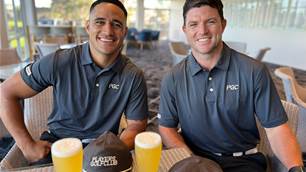
19 Holes With ... Chad Townsend and Val Holmes
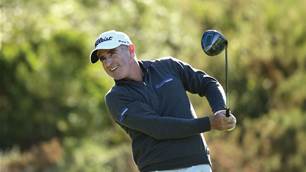
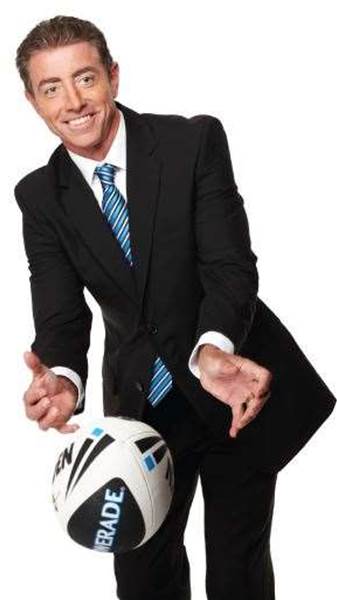
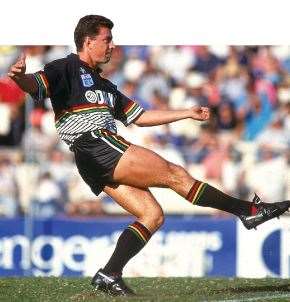
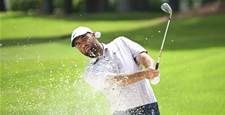
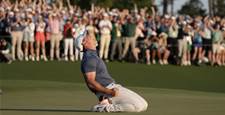
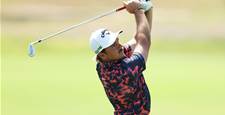

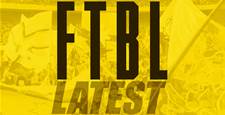
.jpg&h=115&w=225&c=1&s=1)
.jpg&h=115&w=225&c=1&s=1)




